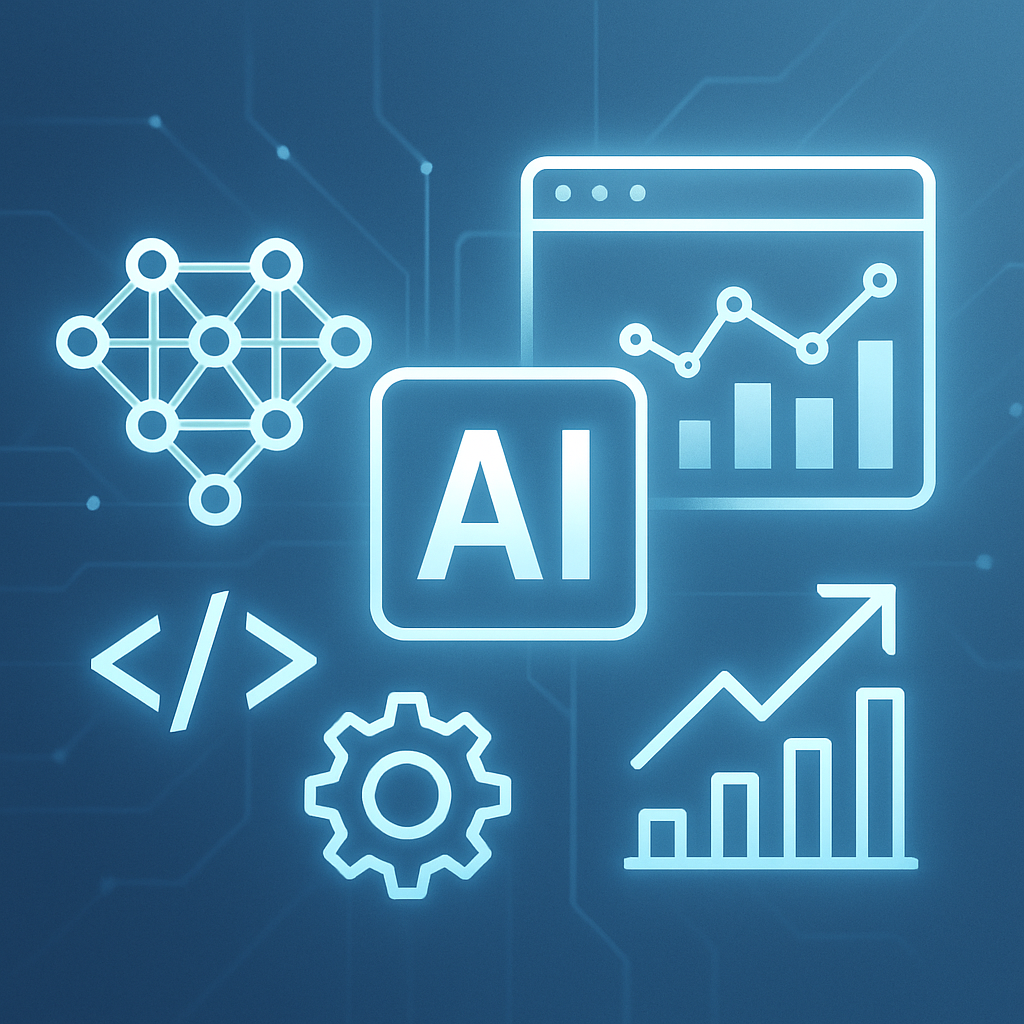
How AI Machine Learning Transforms Predictive Analytics in Manufacturing
Category: AI Development
Introduction: The Manufacturing Landscape Meets AI Innovation
Manufacturing in 2025 stands at the confluence of tradition and transformation. Central to this shift is the adoption of AI machine learning models, which are redefining predictive analytics — enabling manufacturers to anticipate challenges, optimize resources, and innovate at unprecedented speeds.
Understanding Predictive Analytics in Manufacturing
Predictive analytics applies statistical algorithms and machine learning techniques to historical data to forecast future events. Within manufacturing, it predicts equipment failures, quality deviations, supply chain disruptions, and demand fluctuations. AI machine learning enhances these predictions by autonomously learning from data patterns to improve accuracy over time.
Revolutionizing Equipment Maintenance and Downtime Reduction
Traditional maintenance schedules often lead to wasted resources or unexpected failures. AI-driven predictive maintenance leverages sensor data—such as vibration, temperature, and acoustic signals—to forecast equipment malfunctions days or weeks before they occur.
Example: A global automotive parts manufacturer employs AI models that analyze streaming data from assembly line robots. The system predicts bearing wear with 95% accuracy, scheduling maintenance only when necessary, decreasing downtime by 30%, and saving millions annually.
Optimizing Supply Chains Through Intelligent Forecasting
Supply chains are complex and prone to disruptions. AI machine learning models process vast datasets—including supplier reliability, weather, geopolitical trends, and transportation—and generate predictive insights.
Example: A semiconductor manufacturer integrates AI to analyze procurement cycles and global logistics bottlenecks, enabling preemptive supplier adjustments and inventory optimization. This reduces lead times by 20% and mitigates costly delays.
Enhancing Product Quality Control with Predictive Analytics
Quality assurance benefits greatly from AI-powered analytics. Machine vision, combined with learning algorithms, identifies anomalies beyond human detection, predicting defects before products leave the line.
Example: An electronics producer uses AI models trained on thousands of microscopic component images. The system predicts solder joint imperfections ahead of packaging, decreasing defective output by 40% and increasing customer satisfaction.
Energy Consumption and Resource Efficiency
Manufacturing plants consume significant energy. AI models analyze usage patterns in real time, anticipating peak demands and optimizing machine operation schedules accordingly.
For instance, a heavy machinery manufacturer utilizes machine learning to adjust HVAC and production line energy consumption, cutting energy costs by 15% while maintaining output quality.
Adapting to Market Demand and Production Flexibility
Forecasting product demand accurately allows manufacturers to align production capacity and inventory levels efficiently. AI models analyze historical sales data, market trends, and social factors for sharper forecasts.
This agility supports flexible manufacturing systems that can swiftly adapt, reducing waste and cost while meeting customer needs promptly.
Challenges and Considerations in AI Adoption
- Data Quality and Integration: High-quality, comprehensive data is essential. Integrating disparate data sources remains a hurdle.
- Model Transparency: Explaining AI-driven decisions is crucial for gaining operator and management trust.
- Cybersecurity: Increased connectivity raises risks; protecting sensitive manufacturing data is paramount.
- Workforce Impact: Upskilling employees to work alongside AI tools fosters human-AI collaboration rather than displacement.
The Future Horizon: AI and Manufacturing Synergy
Looking forward, AI machine learning will evolve beyond predictive analytics to prescriptive analytics—suggesting optimal interventions autonomously. Integration with emerging technologies such as digital twins and AIoT (artificial intelligence of things) will create fully autonomous, self-healing factories.
Manufacturing will be reimagined as a dynamic ecosystem where AI enables continuous learning and optimization, vastly improving sustainability, profitability, and innovation capacity.
Conclusion
AI machine learning models are a transformative force in manufacturing, revolutionizing predictive analytics across maintenance, quality control, supply chain, and resource management. The precision and foresight they enable are reshaping industrial processes and competitive strategies worldwide in 2025.
Embracing these technologies requires thoughtful integration and emphasis on human-AI collaboration, but the rewards—greater efficiency, reduced costs, and dynamic innovation—signal a new era for manufacturing on a global scale.
Related Articles
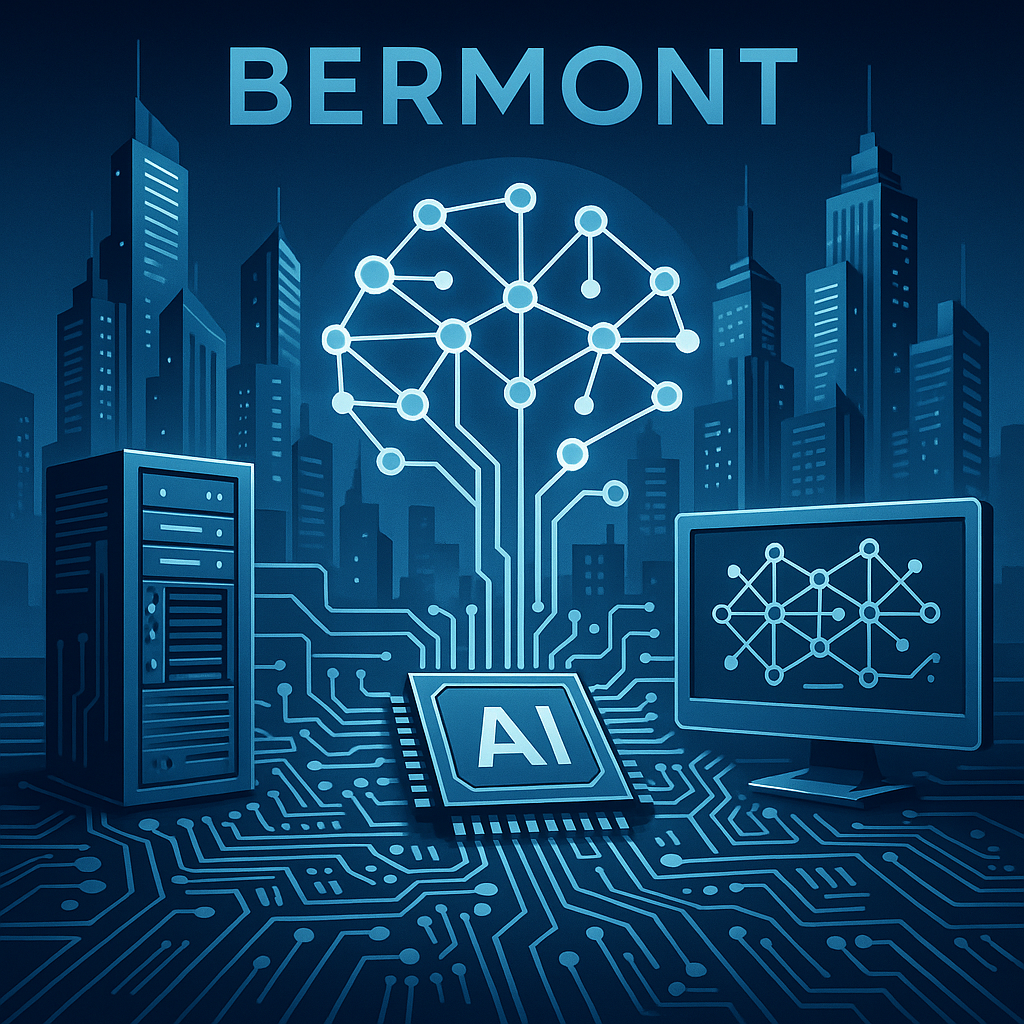
Bermont Digital’s Practical Approach to AI for E-Commerce in 2025
Bermont is emerging as a beacon of AI innovation, fueling advances in computer science and artificia...

Integrating AI in WordPress: Choosing the Best Languages for Intelligent Websites
Explore how WordPress web development is evolving with AI integration. This post unveils the best pr...
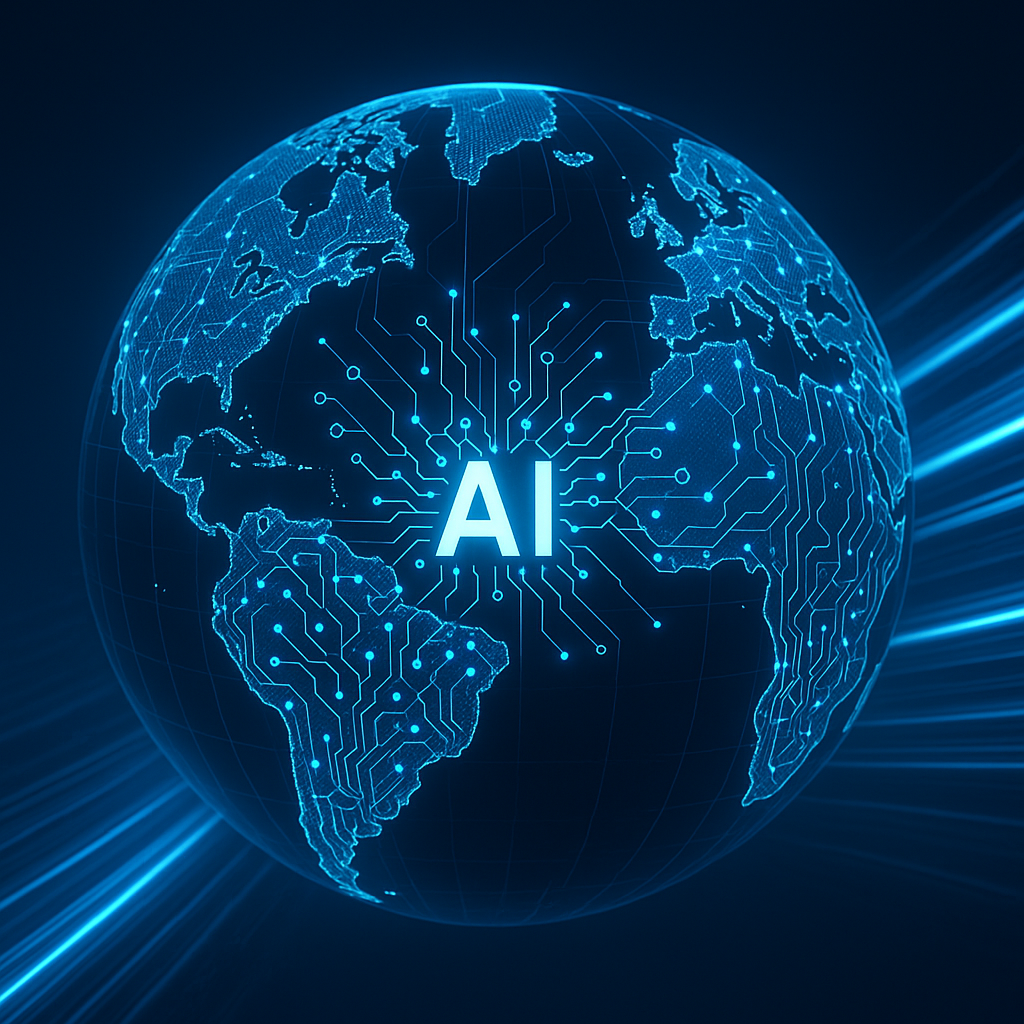
Navigating AI’s Future: Leaders Defining the Best in AI Technology
Explore how premier AI development companies are steering the evolution of artificial intelligence....
Recent Posts
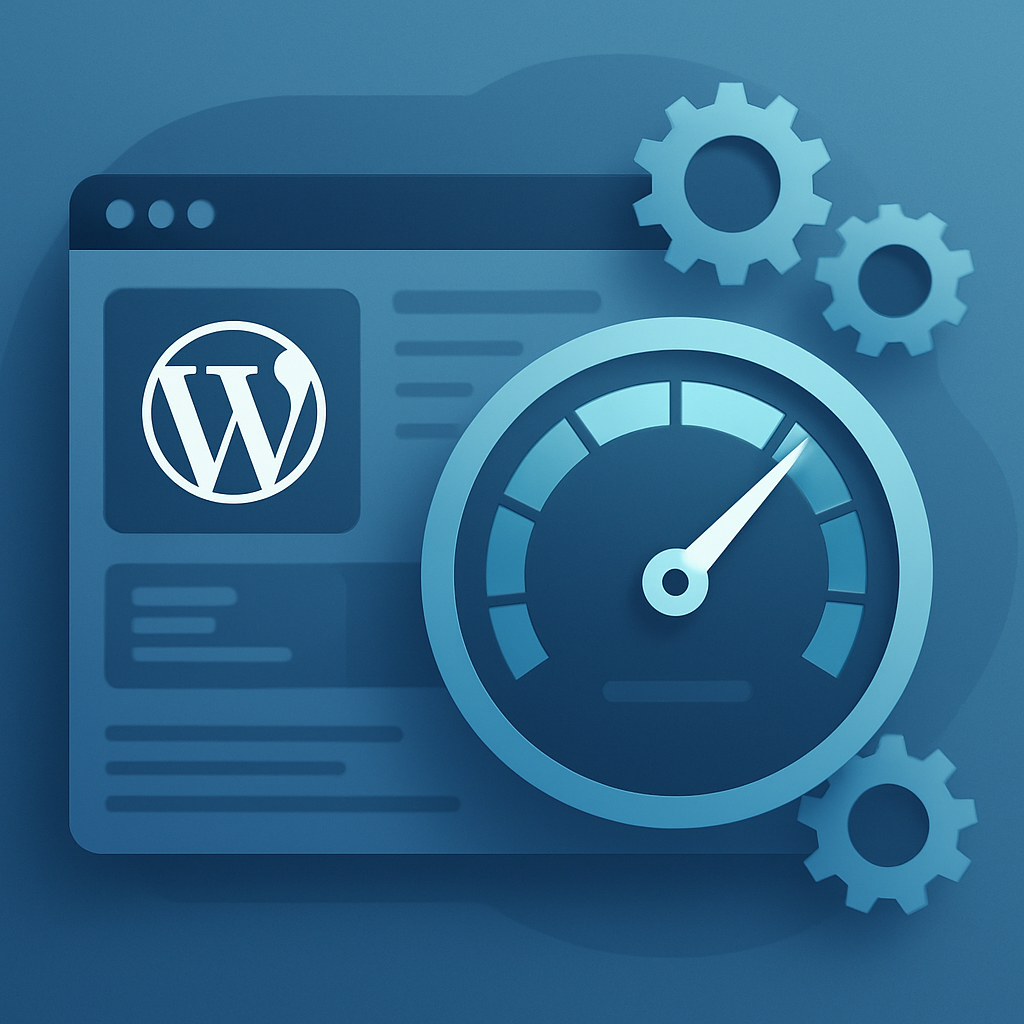
Maximizing Website Performance: Cutting-Edge WordPress Optimization in 2025
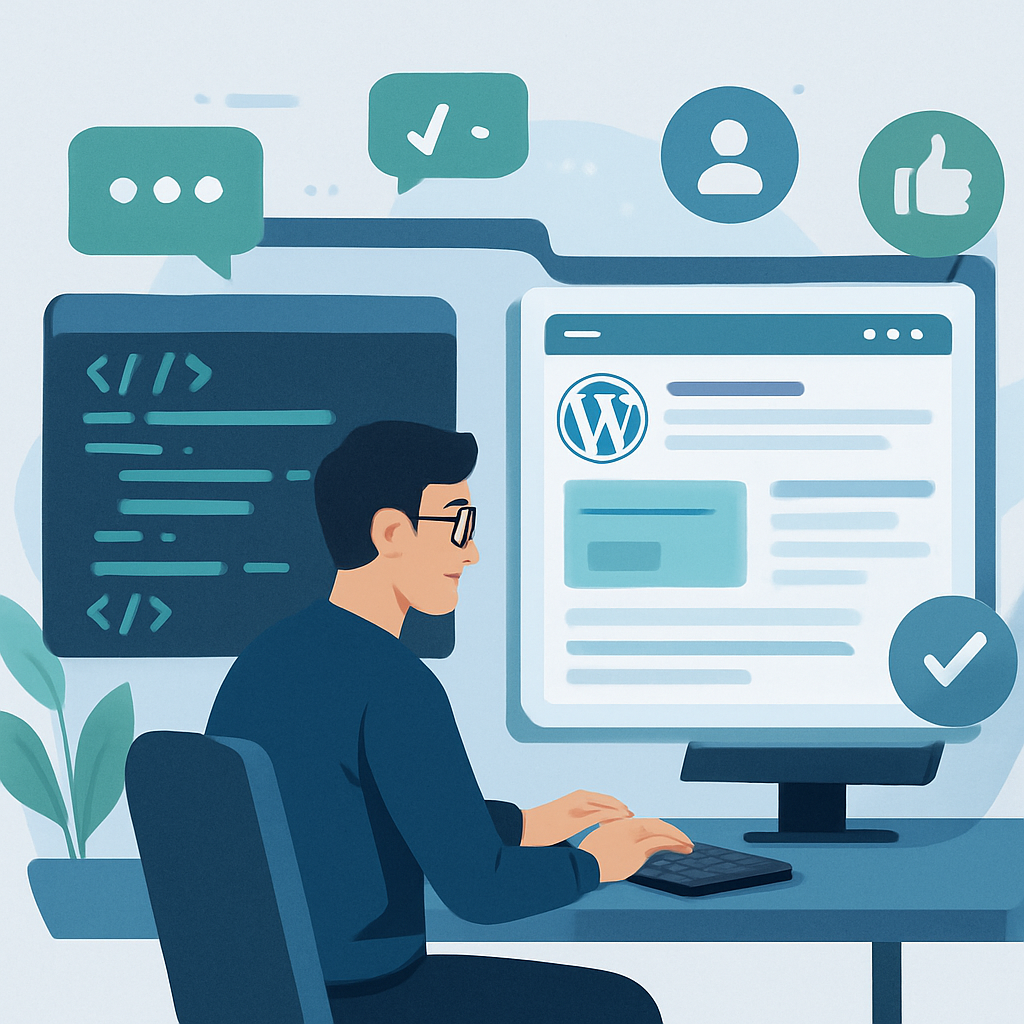
Boosting Customer Engagement Through Custom Software and WordPress

How Custom Software Development is Revolutionizing Online E-Commerce Business Success

Mastering Seamless Integration: Advanced Coding in Digital Ecommerce
